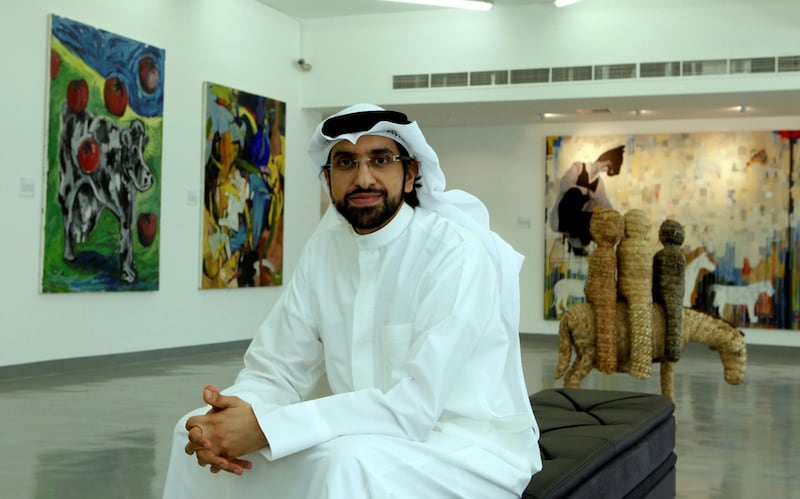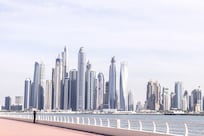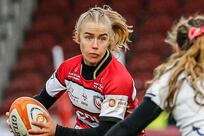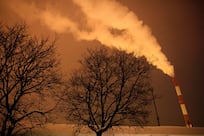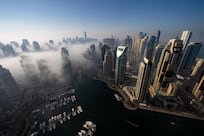"We don't know our own history," says Sultan Sooud Al Qassemi, the founder of the Barjeel Art Foundation, a major collection of Arab art based in Sharjah.
At a recent panel discussion in Dubai celebrating the eight-year anniversary of the foundation, Al Qassemi noted how few people can recognise even iconic works of modern Arab art history. Everyone knows Van Gogh's painting of his bedroom, he quipped, and then quizzed the audience to see how they fared with Arab work. Showing a slide of Hamed Ewais's Le Gardien de la Vie (1967-68), an allegory of pan-Arabism that depicts an Egyptian fighter, he challenged those who knew the work to raise their hands. About half did. He put up a slide of Kadhim Haidar's The Martyr's Epic (1965), a painting of a herd of white horses groaning as if stricken by grief: "And this one?"
Again, only half. And I would wager that many of those in the audience who recognised these works – myself included – only knew them thanks to the Barjeel Art Foundation’s own efforts.
From its inception the Barjeel, which grew out of Al Qassemi’s personal holdings, has made openness and advocacy its twin motivations. Early on, Al Qassemi put images of his entire collection online, making them searchable and available to scholars and the curious. The impact of digitisation is no small thing: another measure of the Barjeel’s success in promoting Arab art might be its surprise domination of Google’s wildly popular Face Match app, which pairs users’ selfies and their art-historical equivalents.
The US comedian Sarah Silverman, for example, comes up as the Egyptian artist Chant Avedissian, while Kumail Nanjiani, of The Big Sick and Silicon Valley, clocks in at 59% resemblance to Emirati artist Mohammed Al Mazrouie. Both self-portraits are in the Barjeel collection. The foundation has also kept up an astounding pace of travelling exhibitions. Working with the core curatorial team of Suheyla Takesh, Karim Sultan and Mandy Merzaban, over the past five years the Barjeel has mounted 23 shows in nine countries, including Egypt, the UK, Jordan, Kuwait and even Iran. Now, in a second stage of development, they are changing focus towards long-term display. The Barjeel has entered into a five-year agreement with the Sharjah Art Museum to keep a selection of its works on permanent display – a rarity in the Arab art world, where few public museums exist that showcase modern Arab art history.
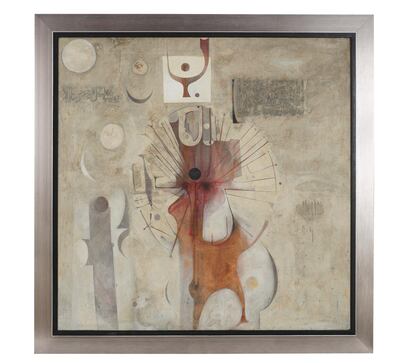
“Barjeel as a model is moving from a rapid-fire series of temporary exhibitions to permanent exhibition of its holdings,” says Al Qassemi.
“The display of modern Arab art is lacking in the region and this allows an opportunity for the public and scholars to view works that are important or in an art historical context.” “I don’t want henna,” he says. “I want a tattoo.”
The Sharjah Art Museum is an ideal companion for the project.
"The Sharjah Art Museum, which opened in 1997, is the UAE's first public art museum," says Beth Derderian, a researcher on the UAE art scene based at Northwestern University in Chicago. "And the Barjeel has the pre-eminent collection of modern Arab art and has worked hard to make that collection accessible to a global audience, advancing the field of modern Arab art in doing so." At the same time, the Barjeel will keep up its international exposure through a new partnership with the Museum of Contemporary Art in Chicago, where the Barjeel has recently funded a new fellowship opportunity for a researcher from the Middle East or North Africa to work within the museum. The Barjeel is also lending support to the major exhibition Many Tongues: Art, Language, and Revolution in the Middle East and South Asia, planned for 2019, which will explore the ties between the two regions. It is curated by the MCA's Omar Kholeif, with whom the Barjeel collaborated on the year-long Imperfect Chronology (2015-16) exhibition at London's Whitechapel Art Gallery, which helped raise the Barjeel's international profile.
The choice to move away from numerous smaller exhibitions is also a strategic move by the organisation.
“Barjeel is consolidating and taking what my father used to call a ‘warrior’s break,’” says Al Qassemi. “We can figure out what we are doing to do in the next 10 years. During this break, we’ll have the work not in storage but on display.” Al Qassemi notes that this will enable him to “set aside the money we would have spent on exhibitions to acquire new works that are rapidly disappearing from the market.”
The Barjeel recently announced such an acquisition – the Iraqi artist Dia Azzawi's brooding, almost wrathful painting A Wolf Howls: Memories of a Poet (1968), which Azzawi painted after a meeting with the communist poet Muzaffar Al Nawab, who was later incarcerated by the Baathist regime. The work is based on Al Nawab's poem Shamous, which tells the story of a mother who goes to retrieve the corpse of her son, who has been killed by the Baathists for his communist activity.
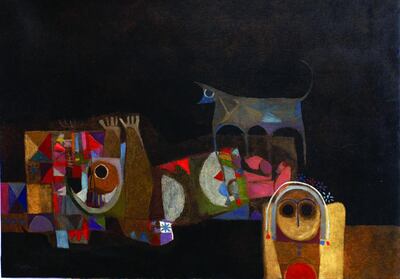
The poem, like most of Al Nawab's work, was never published. Yasmeen S. Hanoosh, an associate professor of Arabic studies at Portland State University in Oregon, says that Al Nawab's poems "mostly circulated throughout the Arab world via cassette tapes from the 1970s onward". As part of the research process that the foundation undertook during the acquisition, the Barjeel came across the first known version of Shamous in English, translated by Hanoosh. Al Qassemi read aloud part of this translation during the panel discussion at Alserkal Avenue, bringing alive the mother's voice of anguish from the Iraqi marshlands of 50 years ago.
The Barjeel Art Foundation will stage one last show at its current location, in Al Qasba, in March: a retrospective of the Armenian Lebanese painter Paul Guiragossian. Its long-term exhibition at the Sharjah Art Museum, where it is expected 60 to 100 works will be shown, will start in May 2018.
_________________
Read more:
[ US-based Palestinian artist Basma Al Sharif pays homage to Gaza at London exhibition ]
[ Artist Vivek Vilasini farms the land ]
_________________
